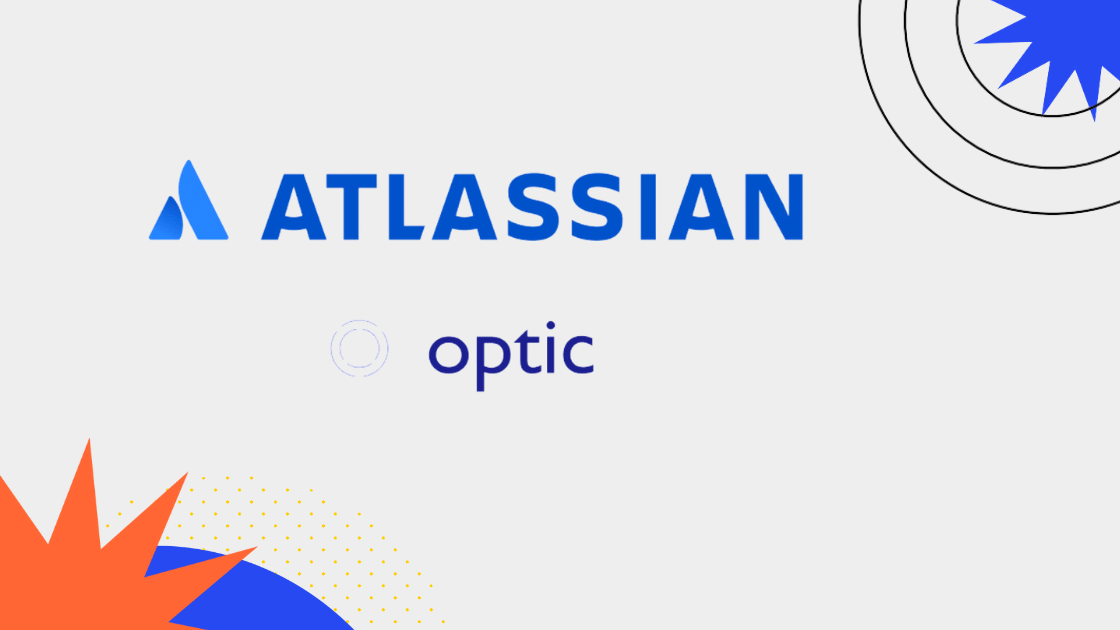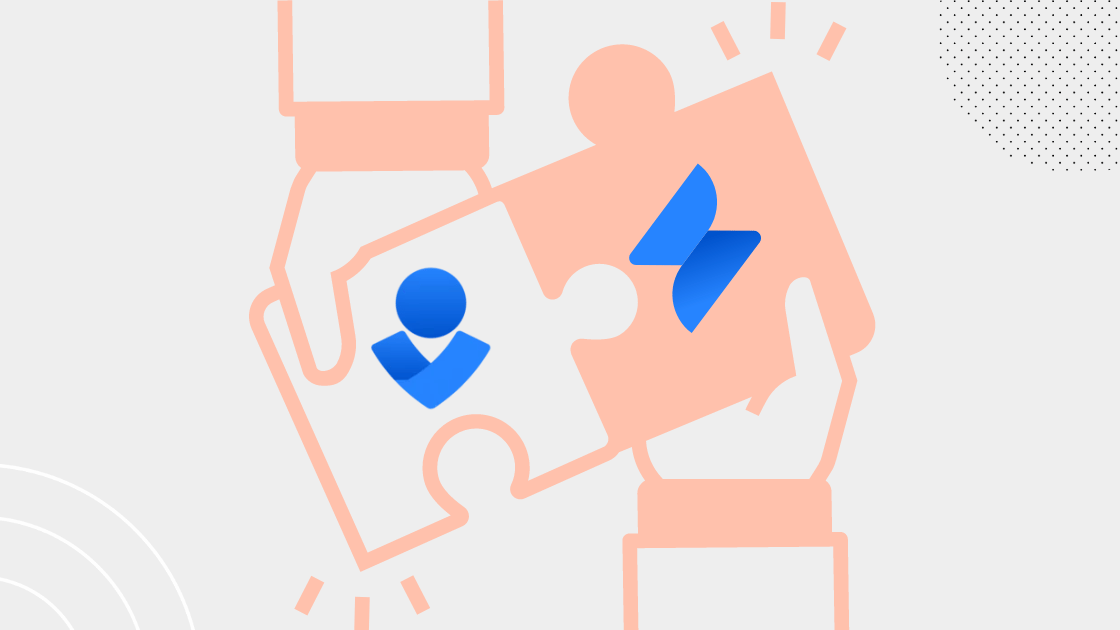3 min read
This is what your intranet should look like in 2024 - 7 tips for the perfect social intranet
.jpeg) Stephanie Gaye
:
Apr 30, 2024 3:26:43 PM
Stephanie Gaye
:
Apr 30, 2024 3:26:43 PM
The (Social) Intranet is the heart of internal communication and is increasingly replacing email as an internal communication tool in many companies. However, not all intranets are the same, and there are several points to consider ensuring it is actively used by all employees in the company. Find out in this blog post what really matters.
Social Intranet vs. traditional intranet: What are the differences?A classic intranet primarily serves as a kind of internal information library and communication tool from management to employees. It provides company information and formal announcements. In contrast, a social intranet focuses on interaction and collaboration, blurring the boundaries of traditional hierarchical communication and promoting the exchange of knowledge. It integrates social functions similar to those known from social media, such as blogs, forums or team spaces, leading to a more open communication structure. |
1. User-friendly Design
First impressions count. A well-conceived (social) intranet is clear and intuitive to use. Design your navigation as simple as possible so that every user can find their way around and reach the different areas with just a few clicks. Not only the functionalities play a big role, but also a clear and appealing (corporate) design. Use the company colors, familiar graphics or other design elements of your company so that your employees can identify with the intranet. This reflects the corporate identity and will resonate with your employees.
2. Lively Newsfeed
A regularly updated blog or newsfeed area keeps all employees informed about important company news, updates and events. This promotes a sense of belonging. Move away from email announcements and create a space in your intranet for them. This encourages everyone to regularly check the intranet and engage in dialogue.
3. Personalization
Personalization allows each employee to create a tailored intranet experience. Custom-made dashboards and personalized user profiles can make responsibilities and skills clear at a glance. This can boost efficiency as employees can quickly recognize internal repositories and expert resources within the company.
Profile pictures provide a personal touch and help to attach a face to each name. In a remote environment, this is particularly helpful and establishes a more personal connection between team members. A cool side effect: this can particularly support new team members who have not yet met all colleagues or cannot remember all names directly.
4. Integration with existing Tools
Integrate your intranet with the tools your company already uses. This will offer a unified and seamless user experience, making the intranet a one-stop-shop for tool access and making it even more useful and handy.
We have, for example, linked tools like Jira Work Management with our Confluence intranet. Links to other tools ensure that all employees can directly access the most important programs.
5. Building Community and Collaboration
A social intranet lives from the active participation of its users. User-oriented features such as discussion forums, team pages, and chat opportunities can help form a vibrant and closely connected community.
Encourage your employees to share insights into their work routine. We use our blog in the intranet next to the internal communication of company news, for example, to offer new colleagues the opportunity to introduce themselves or for teams to share their reached milestones with the rest of the company. Comment functions and reactions increase the social component and provide for more team spirit.
6. Mobile Accessibility
As more and more people switch to mobile devices, a good intranet must be accessible from any device and still look good. That means, the mobile version should not be inferior to the desktop version and contain the same content with appropriate design and the same functions. this way your team can follow the events at any time or share content - quite flexible from anywhere.
7. Continuous ImprovementAn intranet should be continuously developed. A prerequisite for this: you know how your employees use the intranet. Ensure a straightforward way to collect feedback and suggestions for improvement. This not only increases the user-friendliness of the intranet but also the acceptance and use within the company. |
 |
Social Intranet is more than just an internal network
A social intranet offers many advantages, including improved communication, stronger employee retention, and increased productivity. In order for the intranet to be actually used by everyone, it is important to take some points into consideration. Implement these tips and stay open to employee feedback to create an exceptional intranet your team loves to use.

You want a ready to use intranet that was built based on best practices?
Then we recommend our Social Intranet module for Confluence. The result? An intranet that matches your corporate design and helps you manage knowledge and to map your team structures.




